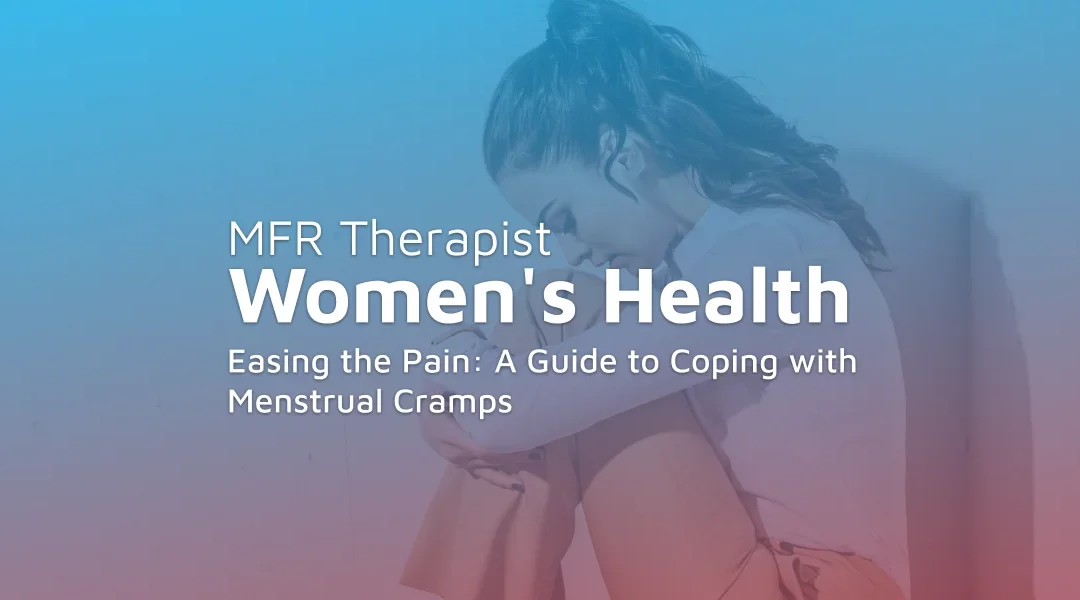Over-the-counter medicines and prescriptions
Nonsteroidal anti-inflammatory drugs (NSAIDs) are commonly recommended for relieving menstrual pain. They work by reducing the body’s production of prostaglandin, the hormone-like substance that causes uterine contractions and pain. Common NSAIDs include ibuprofen (Advil) and naproxen (Aleve). While they can be effective, they should be used responsibly due to potential side effects such as stomach irritation or ulcers.
For severe menstrual cramps, doctors may prescribe stronger pain relievers or hormonal medications. These might include high-dose NSAIDs, contraceptive pills, patches, or vaginal rings that help regulate the menstrual cycle and reduce pain.
It is also important to be aware of potential side effects of hormonal birth control. These can range from minor issues such as weight gain, mood swings, and spotting to more serious health concerns like blood clots or increased blood pressure. When considering over-the-counter medicines or prescriptions for menstrual cramps, it is essential to consult with a healthcare professional who can help navigate the options and find the most suitable form of medication for you, taking into consideration personal health history and the balance between pain relief and potential risks.
Diet and nutrition
Diet and nutrition play a significant role in managing menstrual cramps. Consuming a balanced diet rich in fruits, vegetables, whole grains, and lean proteins can help ease the symptoms. Certain nutrients like calcium, magnesium, and B vitamins are particularly beneficial for menstrual health. Avoiding foods that cause bloating and water retention, such as salty and processed foods, can also help alleviate cramps. Hydration is also crucial during menstruation, as drinking adequate water can prevent bloating and aid in the proper functioning of the body.
Exercise
Regular exercise, especially low-impact activities like walking, yoga, and pilates, can help reduce menstrual cramps. These forms of exercise stimulate the release of endorphins, which are your body’s natural painkillers. Incorporating movement into your routine can improve blood circulation, which not only eases menstrual discomfort but also helps reduce bloating and promotes a sense of overall well-being.
Yoga, in particular, is often recommended due to its ability to focus on stretching and relaxation. It offers a variety of poses that can specifically target areas that might be affected during menstruation, such as the lower back and abdominal muscles. Gentle yoga sequences can significantly alleviate the intensity of menstrual pain and reduce the reliance on medication.
Heat therapy
Heat therapy is a time-tested remedy for menstrual cramps. It works by relaxing the contracting muscles in the uterus, thereby relieving pain. Heat can be applied in various ways, including heating pads, hot water bottles, warm baths, or even a hot towel. Studies have found heat therapy to be as effective as over-the-counter pain medication in relieving menstrual pain. However, it’s important to ensure that the heat is not too intense to prevent skin burns. Always use a barrier, such as a towel, between the heat source and your skin for safety.
Stress management
Stress can have a significant impact on menstrual health, potentially intensifying the severity of menstrual cramps. To mitigate this, employing effective stress management techniques is vital for maintaining optimal menstrual health. Practices such as deep breathing exercises, yoga, and meditation are known to lower stress levels, which in turn can help alleviate the discomfort associated with menstrual cramps. Mindfulness practices, which encourage present-moment awareness, have also been recognized for their role in relaxing the body and mind, further contributing to decreased menstrual pain.
In addition to these techniques, indulging in leisurely activities such as reading a good book, enjoying your favorite tunes, or soaking in a warm bath can serve as effective stress relievers. It’s essential to identify which stress management strategies resonate with you and integrate them into your daily life to help prevent and manage menstrual cramps more effectively.
Sleep
Getting enough sleep is also crucial for the body’s healing and recovery processes. Establishing a regular sleep schedule and creating a sleep-friendly environment can help improve sleep quality and potentially reduce menstrual cramps.
Myofascial release therapy
Myofascial release (MFR) therapy is inherently designed to relieve pain and restore motion by targeting the fascial system — a web of connective tissue that surrounds muscles, nerves, organs, and cells. During menstruation, some women experience heightened sensitivity due to fascial restrictions which can exacerbate cramps. MFR facilitates the gentle release of these restrictions, thereby reducing muscle tension and promoting greater relaxation.
This process of release can be particularly beneficial for those experiencing menstrual cramps, as it helps to alleviate direct pressure on the pain-sensitive structures within the pelvis. Improved musculoskeletal alignment gained through MFR therapy may also enhance blood flow and lymphatic circulation in the pelvic region, which is essential for reducing inflammation and pain sensation. Emotional wellbeing is another key factor in menstrual discomfort, and the nurturing approach of MFR can aid in rebalancing emotional states, offering a sense of calm and ease during what can be a stressful time.
The benefits of MFR for easing menstrual cramps have been supported anecdotally by many women who have undergone the therapy. They report significant relief from the intensity and frequency of their menstrual pain. While individual experiences vary, the consistent theme is one of enhanced comfort and a move towards a more pain-free menstrual cycle, suggesting that MFR can be a valuable modality in a holistic treatment plan for menstrual cramps.
Post-treatment, your therapist will likely offer personalized self-care recommendations. These suggestions aim to enhance the benefits of the treatment you’ve received and help prevent potential future restrictions. Adhering to these aftercare instructions for your holistic wellness can significantly contribute to your overall healing process and well-being.
Menstrual health is an integral part of overall well-being. Although there are many ways to treat menstrual discomfort, MFR therapy is deserving of a deeper dive. By employing innovative techniques during MFR therapy treatment sessions, MFR therapists can help countless individuals live lives free from the limitations of pain and discomfort. The management of menstrual cramps is within reach, with the right knowledge, treatment, and care. Use our MFR therapist directory to locate an MFR therapist near you today.

